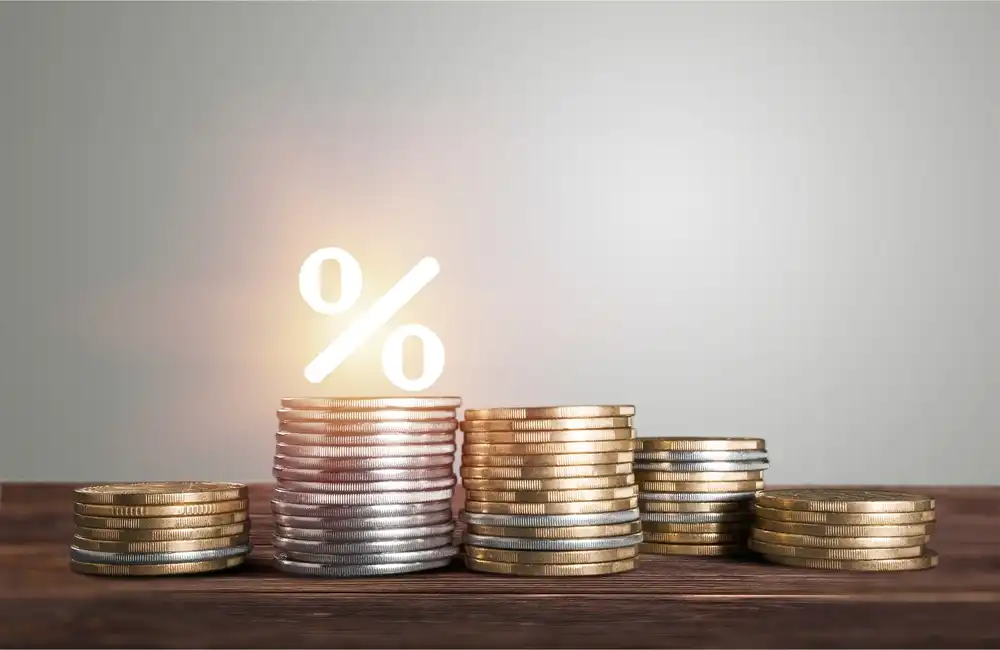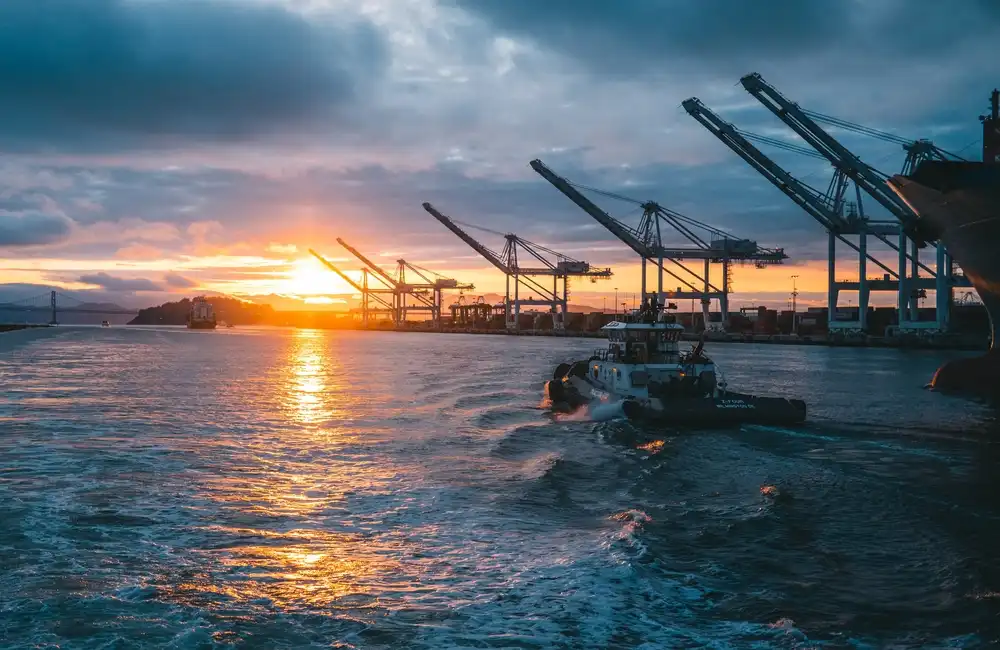Livent announced a series of production expansion projects at its global operations on May 3 that could help raise total lithium hydroxide capacity to 55,000 mt/year by the end of 2025 and its lithium carbonate capacity to 100,000 mt/year by the close of 2030.
The projects for lithium carbonate are aimed at Livent's current operation in Argentina, which has a current capacity of 20,000 mt/year. The site is undergoing a first-phase expansion to add another 20,000 mt/year by the end of 2023, the company said in its first-quarter earnings statement.
Livent also announced in February that it would proceed with a phase two expansion in Argentina to increase output by a further 20,000 mt/year in 2025. However, on May 3, the company updated its plans to include an additional 10,000 mt/year, bringing the second expansion’s total to 30,000 mt/year.
Additionally, the company is planning a third expansion in Argentina to boost capacity by another 30,000 mt/year by 2030.
“The second expansion will not require access to additional fresh water by re-engineering how we use freshwater,” the company said. “It also enables Livent to optimize overall lithium yields and minimize water use intensity for existing and future operations.”
The third expansion would use a more conventional pond evaporation-based process and require far lower capital investment than previous expansions, Livent noted.
Regarding its lithium hydroxide portfolio, the Philadelphia-based company said it expects to add 15,000 mt/year of capacity in China at a new location by the end of 2023. It also plans to establish a secondary lithium hydroxide recycling plant in North America or Europe.
“The company is pursuing various potential partnership and funding opportunities and believes the new facility could be operational by late 2025, with a production capacity of at least 10,000 mt/year,” Livent said.
Livent also expects to complete its previously announced 5,000 mt/year lithium hydroxide expansion at its Bessemer City, North Carolina, facility by year-end.
The 2025 global lithium hydroxide capacity target does not include Nemaska Lithium, which could have 34,000 mt/year of capacity in Quebec in 2025. On May 2, Livent increased its ownership stake in Nemaska to 50% from 25%.
Strong Q1 and Market Trends
Livent’s announcements follow a strong first quarter, with revenue rising on surging lithium prices.
“Strong lithium demand growth has continued in 2022,” CEO Paul Graves said. “Published lithium prices across all forms have surged under extremely tight market conditions, and Livent continues to deliver higher realized prices throughout its entire product portfolio.”
S&P Global Commodity Insights assessed the seaborne lithium hydroxide price at $80,000/mt CIF North Asia on April 29, up from $31,700/mt at the start of 2022 and $9,000/mt at the beginning of 2021.
Lithium carbonate was assessed at $75,000/mt on the same basis, up from $33,800/mt at the start of 2022 and $6,350/mt at the beginning of 2021.
For Q1 2023, Livent posted a net income of $53.2 million on revenue of $143.5 million, compared to a loss of $800,000 on sales of $91.7 million for Q1 2021.
The company now expects full-year 2022 revenue to be in the range of $755 million to $835 million.





















